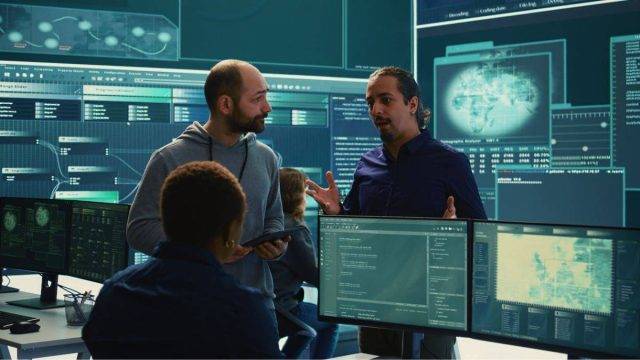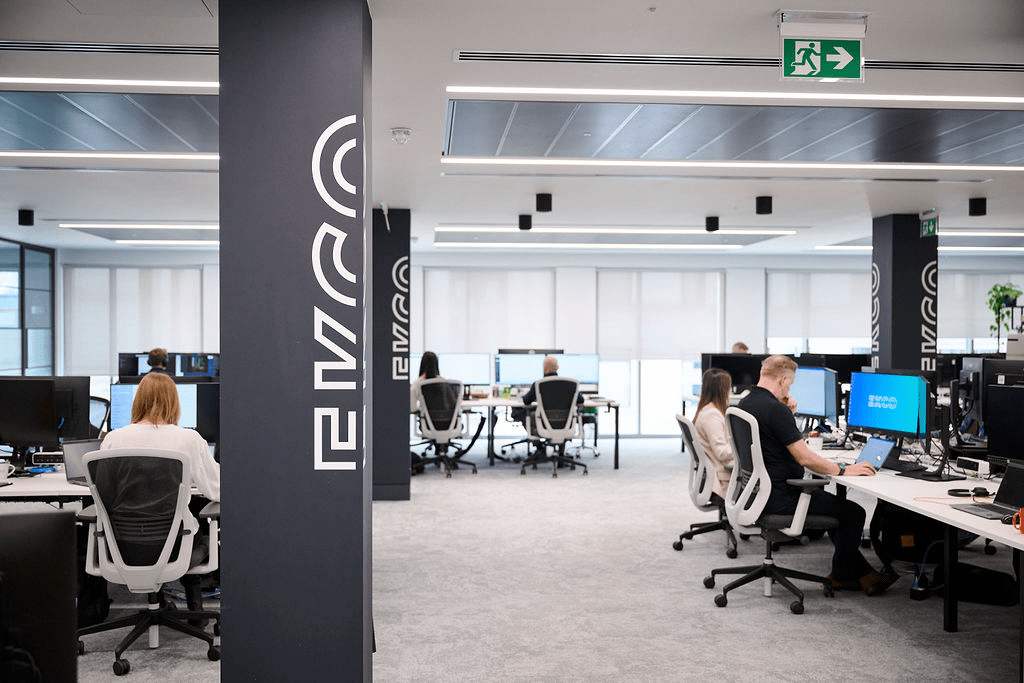Managed Endpoint Detection and Response (EDR)
Managed EDR offers maximum protection for the primary vector of attack; this can include phishing, malware and compromised or weak credentials. The perfect solution for businesses that lack the technical skills, experience or are priced out of the latest advanced security tools in-house.
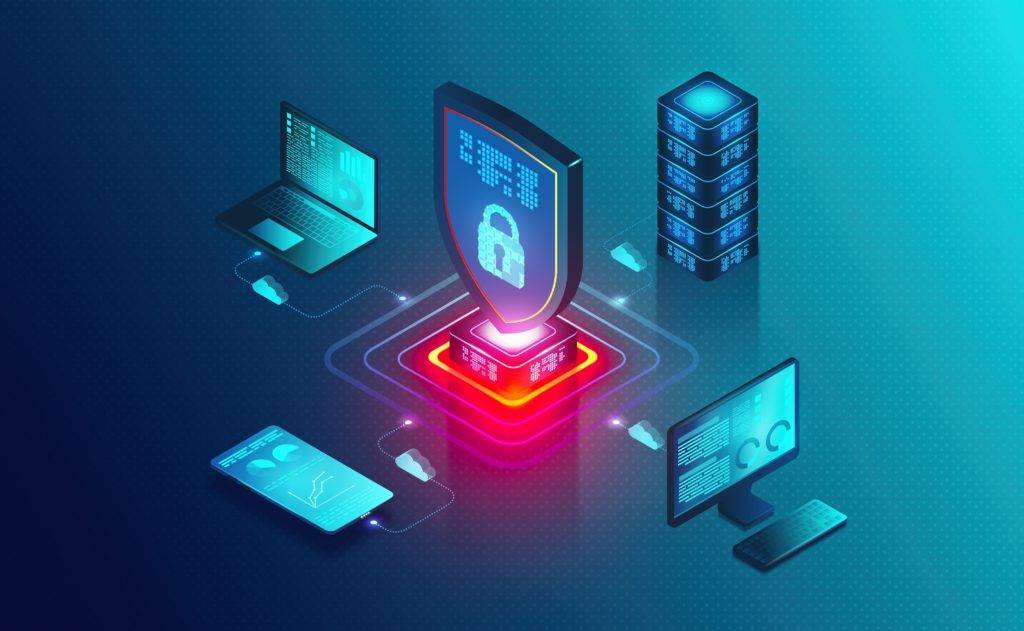
Cover your primary attack surface with an integrated Endpoint Detection & Response (EDR) approach
For a more effective security strategy and increased comprehensive protection, a managed EDR solution continuously monitors, detects and responds to threats across all your network endpoints.
- Understand the attack surface by identifying endpoints across a complex estate
- Deploy an integrated EDR solution with round-the-clock monitoring, real-time analysis and threat detection
- Using investigative EDR tools and highly-skilled security experts, enable an automated and/or human-led threat response to contain attacks quickly

For most malicious actors looking to infiltrate businesses in the UK and Ireland, endpoints are the main target they use. An endpoint is a physical devices that connect to and exchange information with a computer network, such as mobiles, desktops, servers or Internet-of-Things (IoT) devices like camera, security systems, thermostats and more.
With 34% of organisation lacking sufficient visibility into endpoint activities. It’s clear why Cyber attackers search endpoints for vulnerabilities to exploit and can then gain unauthorised access to a company’s infrastructure, leading to data theft or the disruption of services.
Endpoint exploitation is a favourite for ransomware and malware-based attacks, therefore ensuring your organisation has the right endpoint protection, detection and response capabilities in place is critical when it comes to protecting and defending your primary attack surface.
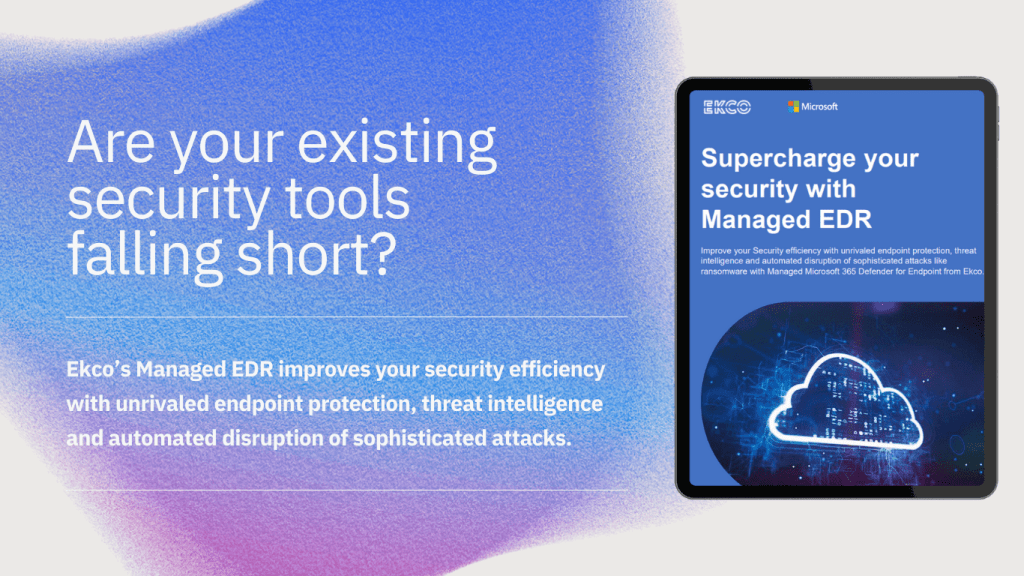
Featured eBook
Supercharging Your Security with EDR
To tackle the evolving nature of modern attacks crossing multiple domains, Ekco’s Managed EDR elevates your security strategy by helping your IT team transition from the traditional protection-only, reactive approach to a proactive defense strategy – and future-proof with advanced threat detection and rapid incident response.

We’re experiencing a proliferation of endpoints across increasingly complex organisations. Working across mobile, virtual, cloud and IoT environments, organisations are a complex web of variables to manage. Hackers see endpoints as a key target in any attempted breach.
It’s no longer enough to trust a traditional signature-based Endpoint security solution.

Because the target’s so wide – think about just how many devices are connected to your business; it’s a lot, especially if you’re medium-sized or enterprise level business – you need a solution that is embedded into your wider security strategy.
Make sure you’ve got a connect solution that can link activity taking place in your networks and your wider infrastructure. An integrated approach to Managed EDR helps close the loop on endpoint vulnerability attacks that inevitably get through.
How does Managed EDR work?
Managed Endpoint Detection and Response (EDR) describes a service that is outsourced to a trusted and skilled managed service partner to protect your endpoints – and then provide a rule-based detection and response process. Such a managed security offering is delivered by a security operations centre (SOC) and put in place if you lack the in-house resources, allowing you to leverage this managed service. Ideal for organisations that recognise the necessity of protecting critical data and assets with thorough endpoint protection, particularly if currently threats are slipping through the net of your regular organisational controls.
A managed EDR system is multi-tiered and serves several functions. Initially, EDR will monitor and collect data from endpoints across the organisation, looking for indicators that a vulnerability and threat is present. It will use human intelligence and AI to analyse this information and detect threat patterns. If a threat is detected, next steps include responding to contain or removing the threat and notifying security staff.
A managed EDR solution works best when embedded into your wider security strategy. It links activity on endpoints from data across your network and infrastructure. An integrated EDR solution can also be adopted with other managed security services; it complements Managed Detection and Response or Advanced Threat Detection.
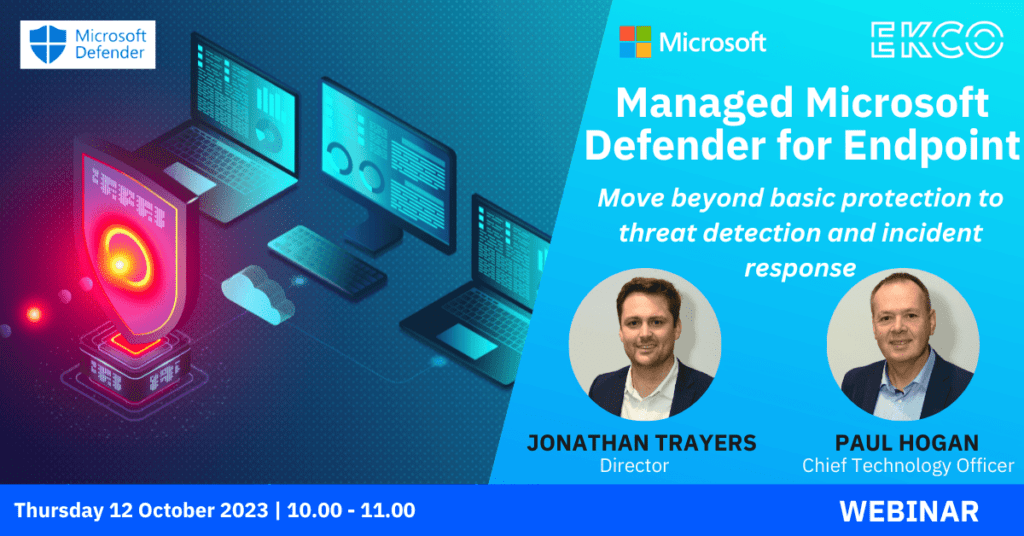
Featured Webinar
Managed Microsoft Defender for Endpoint
Watch our latest webinar to explore the core challenges of Endpoint Security and how a solution like Managed Microsoft Defender for Endpoint enhances your organisation’s security posture, as well as freeing up your internal IT teams to focus on core business tasks.
Benefits of Managed EDR
- Cost-Effectiveness: No initial outlay, flexible terms, predictable costs.
- Flexible: As a managed service, rapidly upgrade the solution as you need.
- Evolve Continually: Develop your solution at a pace and stay ahead of security risks.
- Expertise: Monitoring, investigation and remediation from our 24/7 SOC.
One of the things we love is having subject matter experts on tap – being able to say ‘right folks, we want to do this’ or ‘we want to achieve this, how do we do it with this toolset?’. They help bridge that knowledge gap, which has been really great.
Head of Innovation & Platform – dataJAR
FAQs About Managed EDR
What is EDR and Managed EDR?
EDR – also known as Endpoint Detection and Response or Managed EDR – continuously monitors devices for threats, such as ransomware and other malicious activity. This cyber security technology detects, investigates and automatically responds to threats.
Devices such as laptops, desktops and mobiles are called ‘endpoints’.
An EDR system is a critical tool for security analysts; it logs endpoint behaviour and uses advanced analytics to identify suspicious patterns. Equipped with this information, security analysts are able to investigate attacks and swiftly contain and remediate any cyber threats before they infiltrate or spread across an IT environment or network.
A Managed EDR service benefits modern organisations as it provides:
- Real-time threat visibility
- Advanced threat detection
- Automated response
- Reduced alert fatigue
- Improved security posture
What’s the difference between MDR and Managed EDR?
The key difference between MDR and Managed Endpoint Detection and Response (EDR) is that EDR’s main focal point is on monitoring individual endpoints and responding to threats. Whereas, MDR (Managed Detection and Response) is a full managed security service that covers the continuous monitoring of an entire IT environment, using human expertise and technology to detect and respond to threats.
MDR often includes EDR as part of the service, but EDR on its own focuses on providing automated detection of threats at device level only. Human expertise is also involved to investigate and respond where required.
MDR is an outsourced services that provide 24/7 monitoring across an entire IT estate, threat hunting and incident response. This managed service helps reduce the burden on internal IT or security teams, freeing them up to focus their efforts elsewhere or bridge the cyber skills gap.

Why choose Ekco’s Managed EDR service?
Our Managed EDR solution provides a 24×7 automated, prevention-first endpoint security service. It helps organisations protect, detect, and respond to security threats on their endpoints. The EDR service can be delivered standalone or as part of a more complete Managed Detection and Response (XDR) service.

